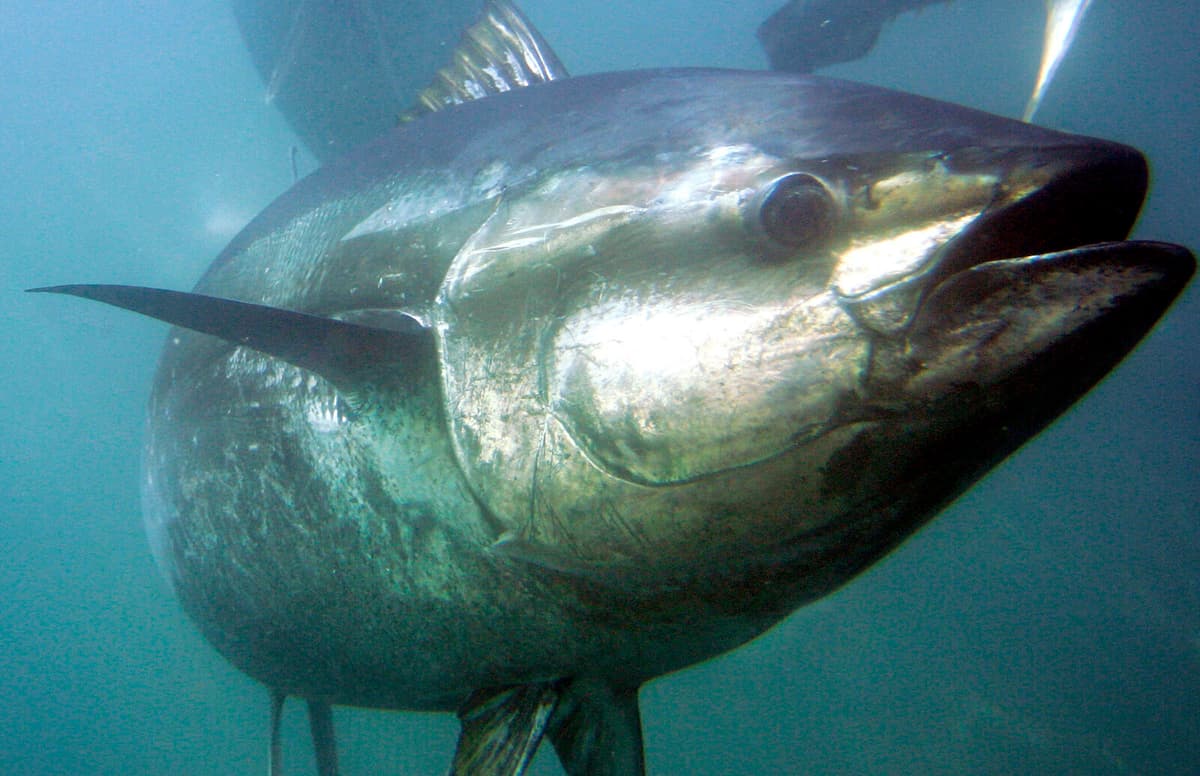For many, it is unknown that there are warm-blooded fish, but the fact is that the phenomenon has evolved independently of each other at least four times among the bony fish to which all ordinary fish belong. These four groups are the butterfly kingfish, the sailfish including the swordfish, the tuna, and the mackerel – all in all, about 20 species. In addition, the white shark and other species within the mackerel shark family are warm-blooded.
All these fish are very large, with body weights of several hundred kilos in several cases. They are also very fast, powerful, and active as a result of being warm-blooded.
High body temperature
By warm-bloodedness is meant that they can generate heat in the whole or parts of the body and maintain a high body temperature, regardless of the surrounding temperature. The butterfly kingfish, sailfish, and swordfish generate heat primarily in the head, eyes, and brain, while the tuna generate heat in certain muscles, and the mackerel in the whole body.
In the new study, which is published in Science Advances, the researchers have, by analyzing DNA from all species – plus a number of other fish species – managed to pinpoint when this ability arose. The first group that developed warm-bloodedness was, apparently, the sailfish and the swordfish 38 to 30 million years ago. The butterfly kingfish and the tuna acquired the ability a little later, 23 to 16 million years ago. Last in line were the mackerel 11 to 7 million years ago.
Difficult competitors
The warm-bloodedness coincides in time with the emergence of the very first whales. The development then accelerated with the arrival of new groups of whales, both toothed whales and baleen whales. No other factor seems to have had as great an impact, neither the climate nor other external events.
The researchers conclude that the whales brought increased competition for resources in the world's oceans, which probably meant that certain groups of fish went under. The whales also posed a danger to many fish, especially large species. Only fast and enduring species could compete, such as tuna and sailfish.
The question is why only certain groups of large fish developed warm-bloodedness, and not all. One answer may be that the ability to generate internal body heat is costly. Other groups, such as the enormous sunfish, have other abilities, such as rapid growth and reproduction. But to survive in a world full of orcas and dolphins, speed and endurance are often required.
Most fish are cold-blooded, i.e., lack the capacity to produce their own body heat. But a few groups have developed the ability to wholly or partially generate internal heat and maintain a higher body temperature than the surroundings. Among these are the swordfish and its relatives, the sailfish (known from Hemingway's short novel The Old Man and the Sea). The tuna also have this ability.






